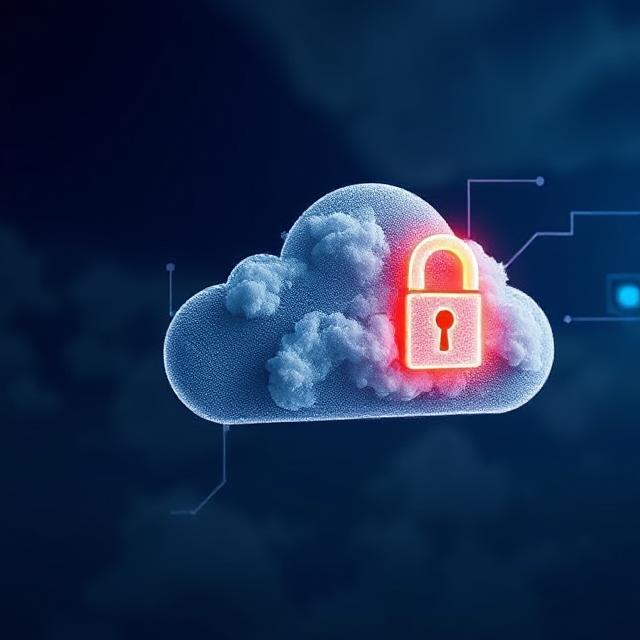As the digital world is shifting rapidly, an enterprise faces an equivalent increase in emerging challenges on the road to cybersecurity. Perimeter-based security models do not offer sufficient protection against advanced threats that have set themselves upon cloud environments. Organizations must, at this point, embrace next-generation cloud security frameworks that provide comprehensive protection across dynamic, multi-cloud infrastructures. This article delves into the vital components of these frameworks, such as Zero Trust, Confidential Computing, Security-as-Code, Cloud Security Posture Management (CSPM+), and Continuous Threat Exposure Management (CTEM), along with strategic guidance on their implementation.
The Imperative for Innovative Cloud Security
Transitioning to cloud computing has brought with it undeniable advantages such as scalability and flexibility; however, it has drastically broadened the attack surface for cyber threats. Misconfigurations, unauthorized access, and data breaches have become threats working against the realization of robust security features in this respect. According to several industry reports, the lion’s share of the enterprise population has faced security incidents within their cloud environments. Such occurrences further elevate the requirement for these advanced security frameworks.
Core Components of Next-Gen Cloud Security Frameworks
Zero Trust Architecture (ZTA)
Promising “never trust, always verify”, the Zero Trust mechanism validates every access request, whether inside the network or outside it. It safeguards against the risks of insider threats and unauthorized accessibility. ZTA may be properly implemented through continuous monitoring and stringent access controls along the lines of frameworks such as, NIST SP 800-207, and CISA’s Zero Trust Maturity Model.
Confidential Computing
Confidential computing is the protection of data in use through secure enclaves for processing. With this technology, sensitive data can remain encrypted during execution, so that its access cannot be obtained by anyone, including users with the most privileges. This specific technology is way more important for industries that deal with sensitive data, such as finance and healthcare.
Security-as-Code (SaC)
SaC extends the inclusion of security rigors within the software development lifecycle by treating security configurations and policies as code, enabling automated security checks, continuous compliance, rapid indication of vulnerabilities, and overall engenderment to a DevSecOps culture thereby enhancing an organization’s security posture.
Cloud Security Posture Management Plus (CSPM+)
CSPM+ tools automate visibility about cloud configurations, allowing for the detection of misconfigurations and compliance violations across cloud services. CSPM+ supports organizations in maintaining a secure and compliant cloud environment through continuous monitoring and remediation of risks defined under standards like ISO/IEC 27001 and GDPR.
Continuous Threat Exposure Management (CTEM)
CTEM embodies proactive threat detection and response through 24×7 monitoring of cloud environments for security posture and exposure. Though assurance is traditionally monitored, CTEM gives real-time insights into vulnerabilities, and threats, allowing rapid mitigation and closing the attack window to the adversaries.
Strategic Implementation for Enterprises
When implementing next-gen security frameworks, enterprises will need to follow some strategic steps:
- Risk Assessment and Visibility: An extensive assessment is needed for identification of assets, vulnerabilities, and compliance requirements of the cloud environment.
- Policy Integration: Security policies must be aligned with industry standard frameworks so that consistent and enforceable security measures are in place.
- Automation and Orchestration: Incorporate automated tools for continuous monitoring, compliance check, and incident threat detection to improve operating efficiency and response.
- Training and Awareness: Raise security awareness among employees and stakeholders; inform them about the best security practices and the need to comply with established frameworks, fostering a culture of security.
Conclusion
Those next-generation cloud security frameworks are needed for organizations wishing to protect digital treasure under an ever-complicated threat landscape. With the aid of technologies such as Zero Trust, Confidential Computing, SaC, CSPM+, etc., organizations can build a strong risk posture, preserved for compliance. The strategic implementation of these frameworks will ensure the enterprises effectively meet modern cybersecurity trends through continuous monitoring and education.
